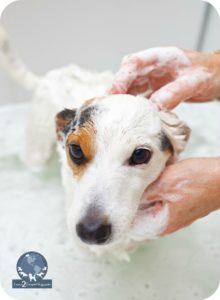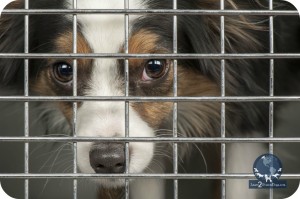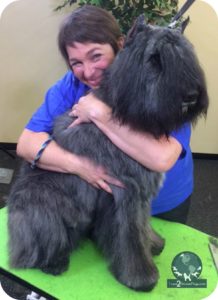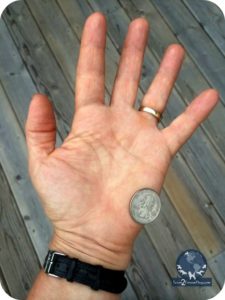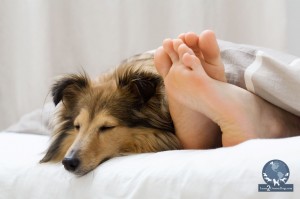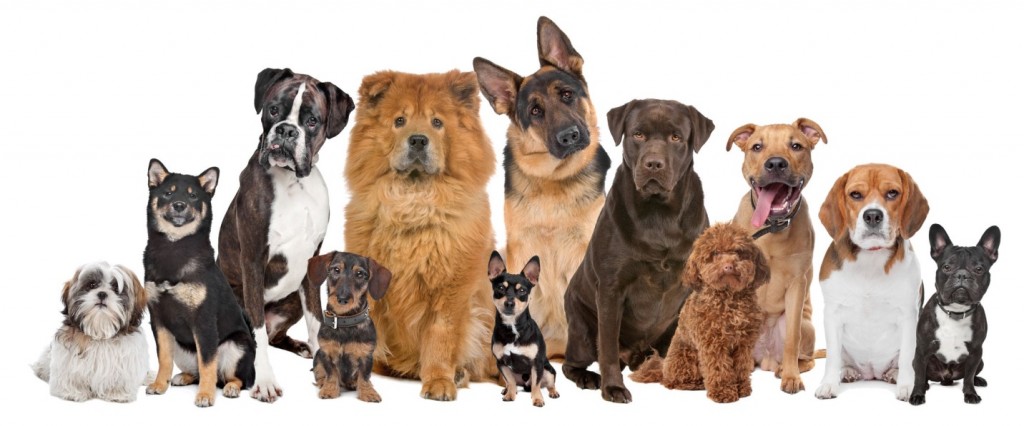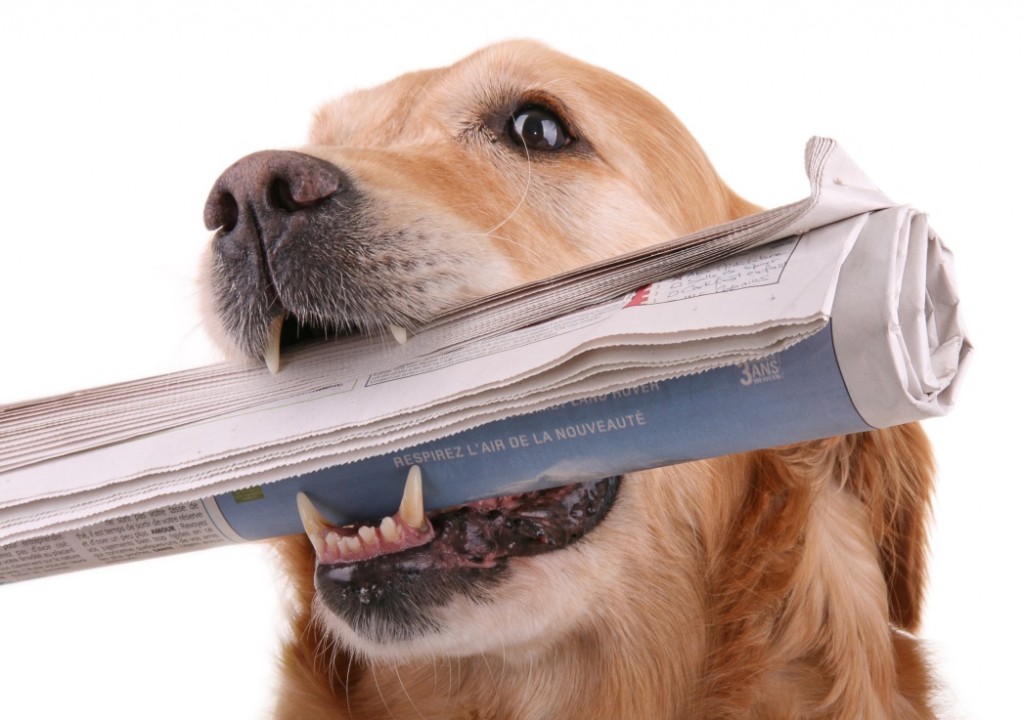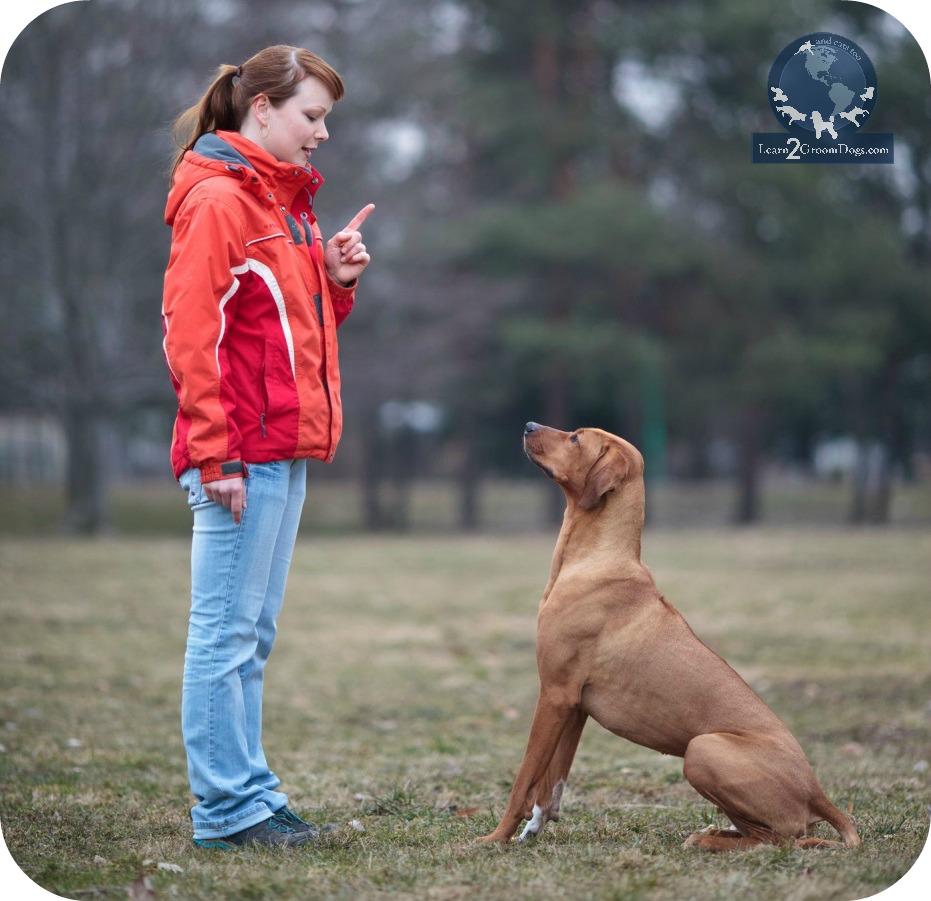 Leadership. If you’re running a business, you know leadership is important. Yet, when I’m speaking before groups of pet professionals, there are always questions on this topic. Here are a few typical ones that always seem to crop up when I do an open mic session.
Leadership. If you’re running a business, you know leadership is important. Yet, when I’m speaking before groups of pet professionals, there are always questions on this topic. Here are a few typical ones that always seem to crop up when I do an open mic session.
- How do I create a reliable team?
- How do I motivate my team?
- How do I bring consistency to my team?
- How do I create respect?
- How do I stop the bickering?
- How do I create an enjoyable work environment?
I’m not going to lie. Being a great leader is certainly a challenge. It constantly takes work on the part of the leader. The second you let your guard down, forward momentum can be lost. Directions are not followed. The morale of the team sinks. Productivity dwindles. And customer service goes out the window. Sound familiar?
These are not good things when you’re the boss or the manager of a grooming business.
So how can you improve your leadership skills?
Here’s an angle that might help.
If you are involved in the pet care industry, my guess is it’s because you are passionate about dogs. I’m also going to assume you are naturally good with them. You enjoy their company. Your own pooches are well-behaved. They are trained. You’ve put in the time and effort to create a well-mannered dog.
Nice. Good work!
(Didn’t that little bit of praise feel good?)
Most packs or herd animals have an ‘alpha’ leader. They are hard-wired to think in those terms. It’s totally natural. If you have even one well-behaved dog – you are ‘alpha’ in that dogs mind. You are his leader.
Guess what? If you’ve trained pets, you already know some of what is involved in being an effective leader.
And dog training is something you are good at – right? You have expectations that challenging, but attainable.
When your dog does something that pleases you, you lavish them with praise. When they misstep, you gently correct them. To win their trust, cooperation and appreciation, you are going to use the most appropriate form of behavior modification that is effective for the situation. You are going to encourage them whenever they start heading in a favorable direction. You spend time with them – teaching them and helping them to understand.
Training your dog is an exercise in leadership.
Now stop and think about how you can apply those same principles to your team at work. What actions would you take to win the trust, cooperation, and appreciation of the people you work with? Did a light bulb just go off in your head?
Leadership doesn’t have to be hard, but it is more than barking orders and expecting immediate results. You have to be fair, consistent, and reliable as you develop your team. Give solid instruction. Lead by example. Praise often. Show appreciation. Correct undesirable actions quickly before they become bad habits. Remember, some people are going to be easier to train than others. You don’t need harsh action to get results – and belittling someone is never appropriate. Proper training takes a little longer. The time you put into it is worth the result… and it starts with you.
Use what you know to provide proper training. And don’t forget that to motivate and inspire your team that YOU have to keep growing, too. Seek out the training that you need that will help you become a better leader. Webinars, books, and trade show seminars are a few places that can help you become an effective leader who can create an amazing team.
The perfect team does not happen by accident and won’t magically appear on its own. Your team is the lifeblood of your salon. Your leadership will determine whether you have what it takes to make an amazing team. And an amazing team keeps customers coming back!
– Happy trimming,
Melissa
PS If you’re interested in more on this topic, I’ve got something amazing to show you. Click here.





